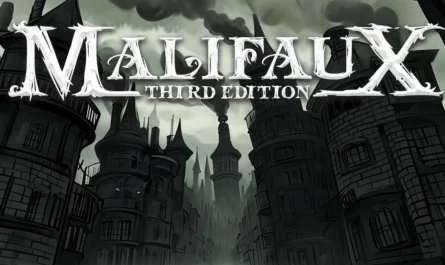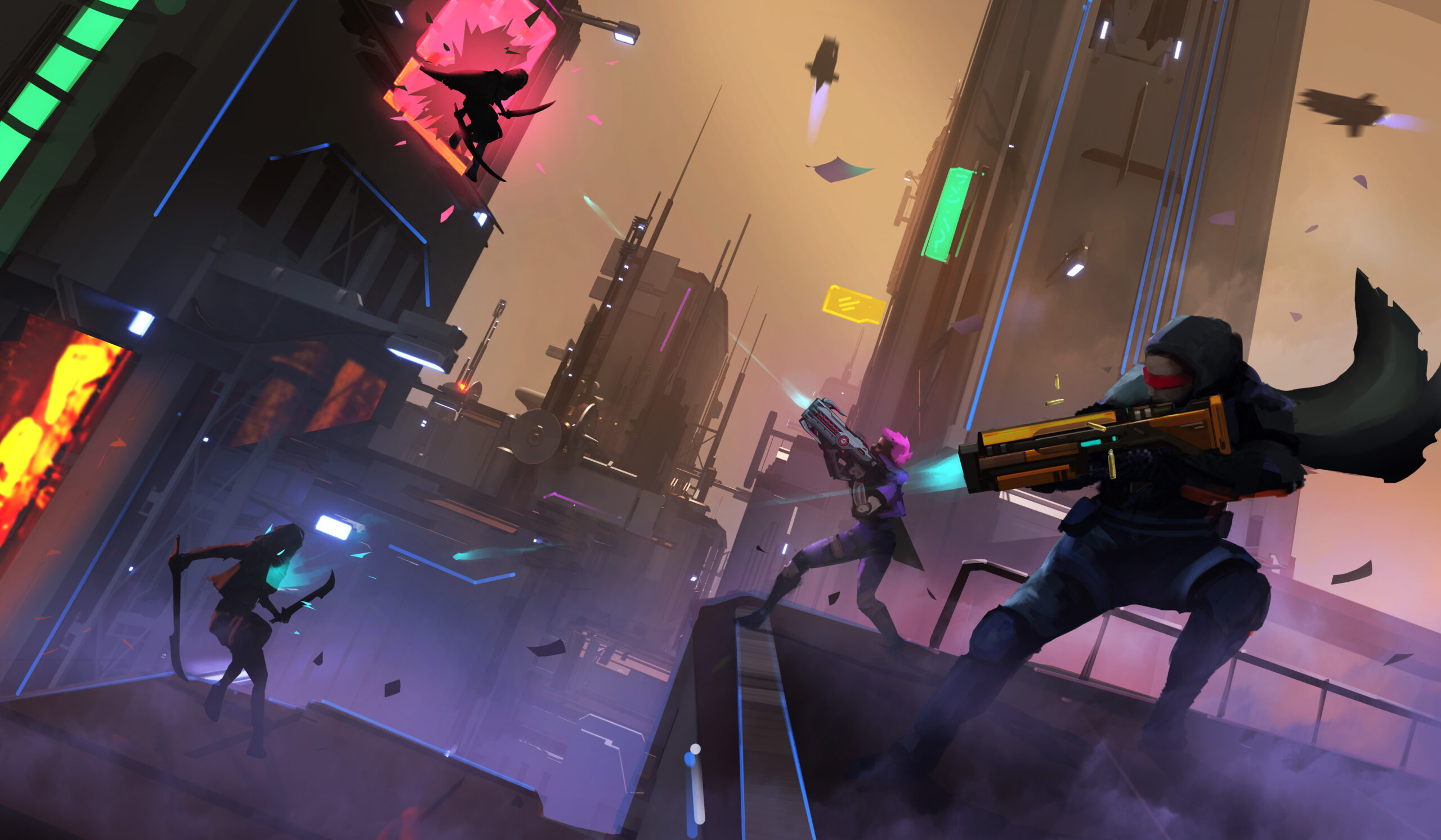Somewhere between Warhammer: Age of Sigmar and Magic: The Gathering, Warhammer Underworlds is a fast-paced tactical arena game that blends deckbuilding with strategic positioning. It’s easy to learn and offers an accessible competitive scene. Yet, it remains in the shadow of other Games Workshop titles… to the point of going unnoticed. Let’s shine a spotlight on this hidden gem.
Warhammer Underworlds game overview
Warhammer Underworlds is an “arena combat” miniatures game. Each player controls a warband of warriors battling on a small board-based battlefield. These warbands feature Goblins, Elves, Dwarves, Skaven, Skeletons, and other infamous creatures, each with unique abilities.
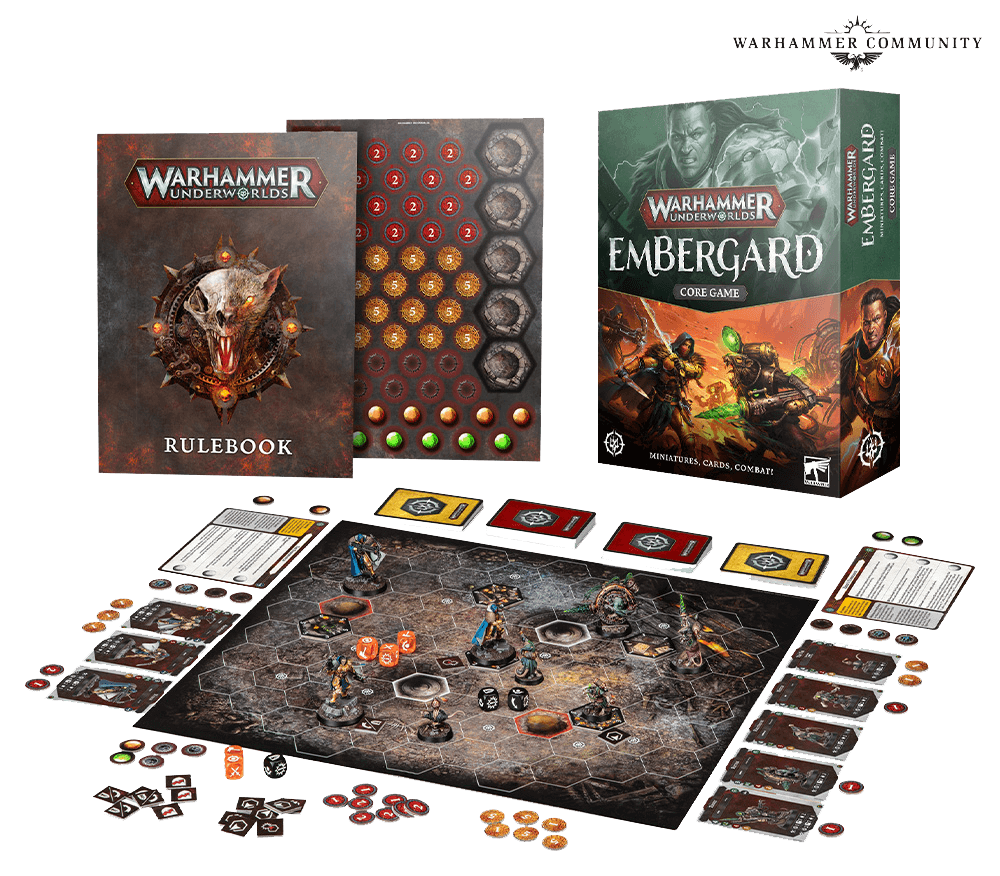
Each warband is also paired with a deck of cards. These decks are universal (meaning any warband can use them) and represent a specific strategy to win the game. Each deck consists of two parts:
- Objective cards – outlining conditions to score points
- Power cards – providing effects for friendly or enemy characters
Before even starting the game, players must make a crucial strategic decision: Which warband to choose and which deck to pair with it? To assist with this, Games Workshop classifies warbands and decks into different strategic archetypes:
- Strike (Aggressive combat)
- Take & Hold (Position control)
- Mastery (Skill-based strategy)
- Flex (A mix of combat and positioning strategies)
Ideally, a Strike deck should be paired with a Strike warband for optimal synergy. However, players are not bound to follow this recommendation—it’s merely a guideline for those who prefer straightforward strategies rather than experimenting with innovative or tricky approaches (which, of course, can be incredibly fun!).
Regarding deckbuilding, Warhammer Underworlds features two formats:
- Rivals (no deckbuilding, as you must use a preconstructed GW deck)
- Nemesis (you can build your own deck using up to two preconstructed decks)
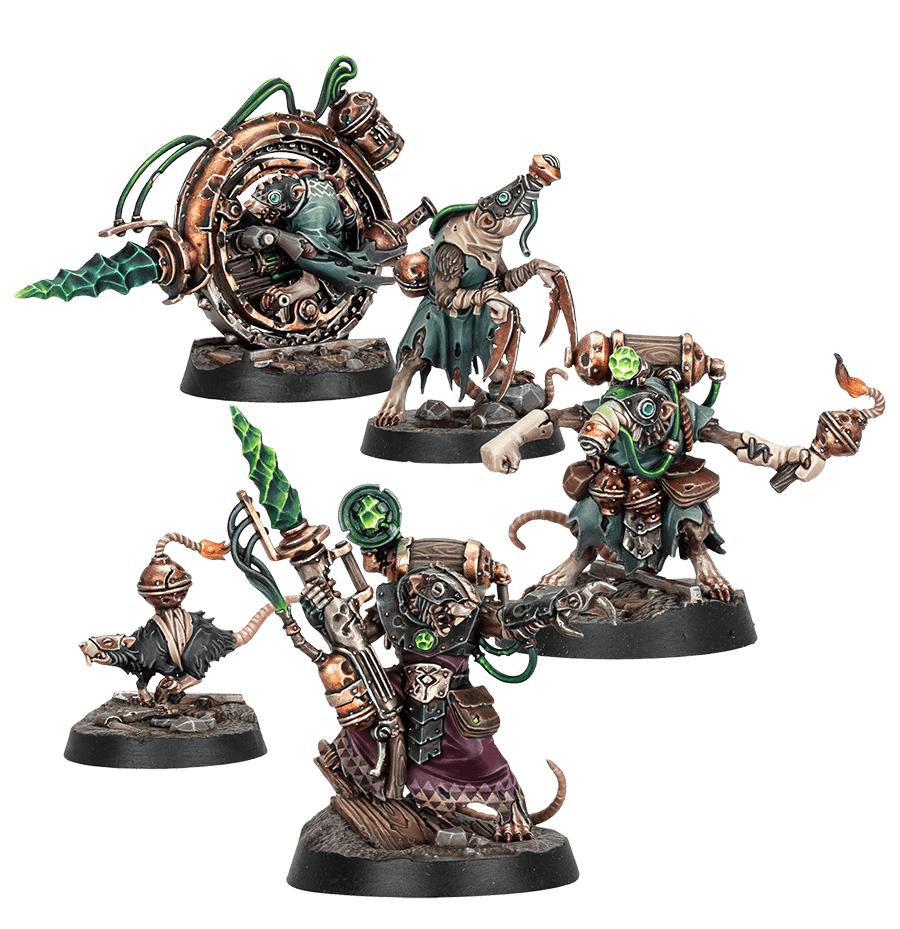

Red cards are for powers.
Objective of the game
The goal is to score more glory points than your opponent. These points can be earned in two ways:
- Eliminating an enemy fighter, earning glory equal to their Bounty value (stronger fighters grant more points).
- Completing objectives from your cards, which are hidden from your opponent (e.g., holding Treasure token #5).
The game system
Warhammer Underworlds uses an alternating activation system, meaning after one player activates a character or performs an action, it’s the opponent’s turn. The game consists of only three rounds, with each round comprising four activations per player. In total, each player has just 12 activations throughout the entire game. Activations are not tied to specific miniatures—you can activate the same character multiple times (within certain limits). This introduces key strategic considerations:
- Which character to activate?
- When to activate them?
- Which actions are essential, given the limited number of activations?
Players are not required to activate a fighter—they can instead draw a new Objective or Power card. This helps refine their hand and adapt their strategy to counter their opponent.
At the end of each activation phase, players can play Power cards to apply effects to friendly or enemy fighters. These Power cards introduce an element of surprise and add excitement to the game!
“Aha, you saw that coming?”
“No, but it doesn’t matter since you’re still going to lose! 😃”
The combat system
Combat follows a classic attack/defense roll system, where the attacker rolls attack dice and the defender rolls defense dice. The side with the most successes wins the exchange.
However, what makes the system shine is its proprietary dice (custom dice with unique icons instead of numbers). These dice reward players for proper positioning on the battlefield. In most miniature games, dice rolls are heavily luck-based. But in Warhammer Underworlds, strategic positioning significantly increases the probability of success. Here’s how it works:
In the image below, you can see the distribution of results for the six faces of the dice (white for the attacker, black for the defender).

- The Critical face is always a success.
- Fighters hit based on their weapon type:
- Hammer (2/6 chance + 1/6 from Critical = 50% chance of success)
- Swords (1/6 chance + 1/6 from Critical = 33% chance of success)
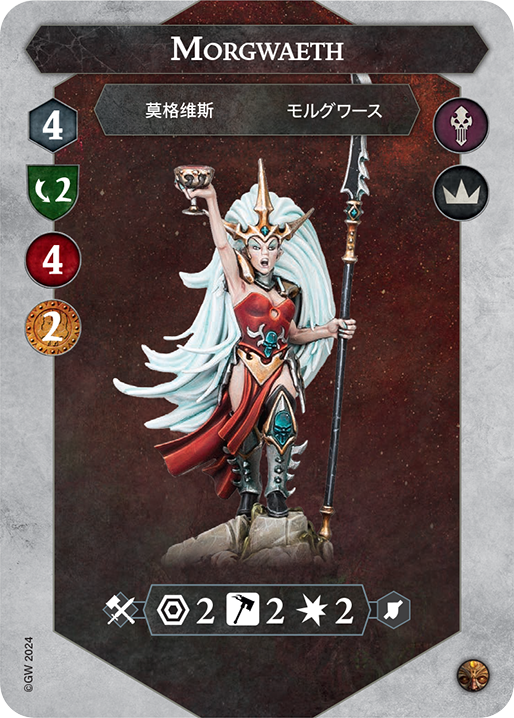
Now, here’s where it gets interesting: there are two additional faces, Support (Half-circle) and Full Support (Full circle). If an ally is adjacent to the target, the enemy is considered Supported, making the Half-circle a success. If two allies are adjacent, the enemy is Fully Supported, making the Full circle a success too.
Example
An attacker using Hammers against a Fully Supported target has a 5/6 chance of hitting!
What makes this game stand out?
Ingenious proprietary dice
This combat mechanic is brilliant. Most miniatures games rely on rerolling dice to improve success rates, which is purely luck-based. Warhammer Underworlds, on the other hand, rewards smart positioning over sheer luck, making it both fairer and more realistic.
I love this system so much that I’ve incorporated it into Warhammer Quest: Cursed City and plan to do the same for The World of Smog: Rise of Moloch.
Unique warbands to paint for a change of pace
Unlike other wargames or skirmish games, where choosing a faction is a crucial and long-term commitment, Warhammer Underworlds encourages you to play multiple warbands. By trying out warbands from Chaos, Death, Destruction, or Order, you can explore different painting techniques and experiment with a variety of color palettes. An orc and a marauder here, a specter and a hound there—Warhammer Underworlds brings a breath of fresh air to your hobby and offers a welcome break from other miniature games where you find yourself painting the same type of models over and over.
Limited and multi-use activations
Warbands vary in size, usually containing four fighters, but some have 3, 5, or even 7! Since each player only gets four activations per round, larger warbands require careful decisions about which fighters to activate. This clever mechanic allows asymmetrical warbands to remain viable.
Tips for a better experience
Playing on budget ? Use proxies
If you’re playing casually, you don’t need to buy every new release. Underworldsdb is an online database containing all game cards. You can print missing cards to enhance your decks. Similarly, you don’t need official miniatures—just a core box for the board, dice, rules, and tokens.
Adapt the game to your preferences
If you dislike the card game aspect but love Underworlds, you can play without Power cards. This is a great way to introduce beginners to the game’s core mechanics before adding complexity.
Who is this game for?
I believe Warhammer Underworlds appeals to:
- Strategy card game players, like Magic: The Gathering fans. Designing a deck with a spatial component is refreshing.
- Board gamers looking to try miniature wargames and painting. Warbands have few models, and the board makes movement easier to grasp for newcomers (in comparison of skirmish games where movement are done with movement tools)
Conclusion
Warhammer Underworlds is a fast-paced spatial strategy game where players use cards to enhance their fighters. With only three rounds, the game is short yet intense. However, its economic model may deter some players. Casual gamers can circumvent this with proxies, making the game more accessible without breaking the bank.

Support us via Maxi Rêves ✨
Order your miniatures from our partner Maxi Rêves and enjoy an exclusive discount with the code MAXITC.

🎯 Don't miss our latest articles
Join us on Discord and pick the games you want real-time updates for. Never miss what matters to you!

